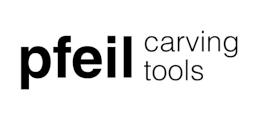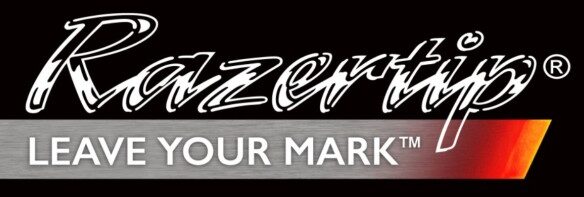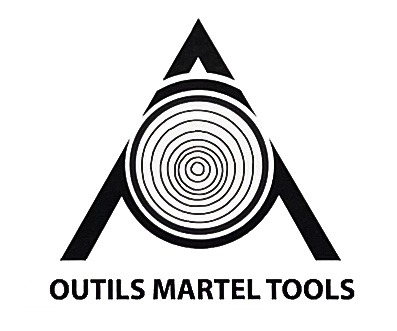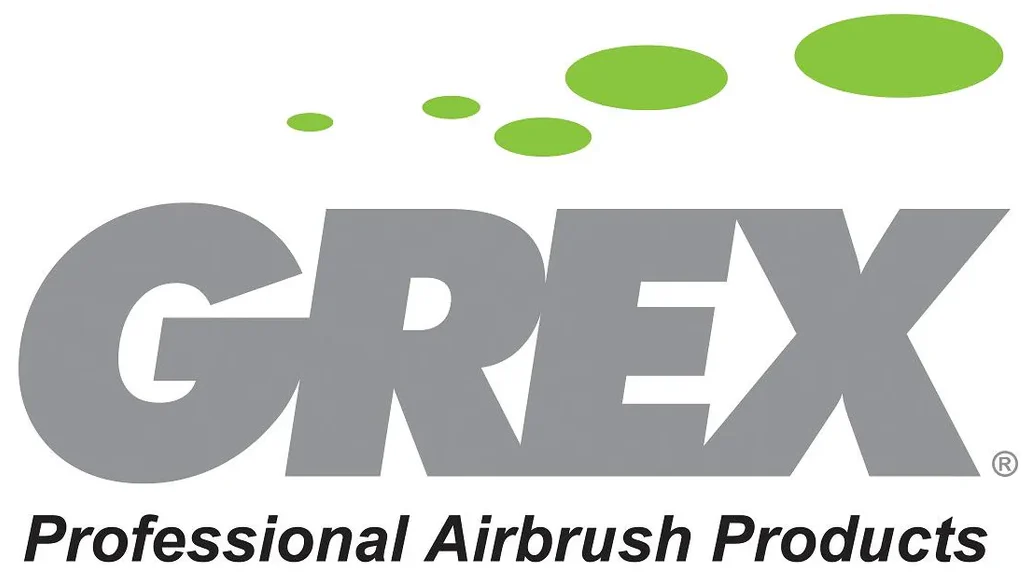Cadex Repairs
Cadex Repairs
Most common repair/service for most Cadex (and some Grex or Max)
21 & 23 gauge pinners
Most service issues with these tools will center around the driver itself, or the driver O-ring. These are the parts of the tools that are subject to the most wear and tear. If you are experiencing a lot of jamming, or your tool will drive shorter pins but not longer, the problem probably lies here. Here is what to look for and how to fix.
First, disconnect your air supply, and empty any nails out of the magazine.
Remove the front cover of your tool. This is the same cover you remove to clear a jam.


Here you can view the driver. Note the ribs are facing the front of the tool…you’ll need to remember that when putting the driver back into the tool.
A quick test of the o-ring – connect your air supply to the tool and holding the tool upright, fire the tool (facing away from you of course). The driver should return ABOVE the nail feed slot. If the driver remains partially down (as in this picture), the o-ring is probably in need of replacement
At this point, you can also inspect the driver for damage – more on this in the next panel.
A Broken Driver
This picture is greatly magnified, but you can see the split in the driver. Sometimes the tip will be completely broken off. Age, wear and tear, or hitting something VERY hard (buried spike, very hard knot can finish off a driver).


If the driver is down, try pushing it up. It should go up with a fair amount of resistance. If the driver easily goes up, or if it falls down with the tool in the upright position and falls back into the chamber with the tool turned upside down, your O-ring is worn out (common symptom of this going is that your tool may fire shorter pins but jam on the longer ones. The tool uses low pressure to return the driver to its’ up position, and if there is bypass on the o-ring it will not return the driver all the way)
To get at and service the driver or driver o-ring, remove the top of the tool. Using a hex key, take of the 4 top screws and carefully remove the top. The gasket may be a little sticky, and you may need to gently pry the top off with a small screwdriver. You can see a spring in the picture under the cap – it won’t fly away, but don’t lose it either!


Important
Here is a very important note. See that little o-ring just above center on the very right hand side of the tool? Don’t lose it! It is just sitting there, and will fall off when you tilt the tool over (the larger rubber seal just below this one will hold in place). Remove this little piece, and put it somewhere safe until it is time to re-assemble.
In this picture, you can see the piston chamber, and the top of the piston part way down the chamber
Using the blunt end of a pen or something similar, you can move the driver up and down in the chamber (earlier picture shows pushing up). There should be a fair amount of resistance. If not, that is the sign of a worn o-ring


Push the driver up from the bottom, and at this stage, you can grab that nib with your fingers and lift the driver out
Driver is out, o-ring in view. If replacing the driver, is usually a good idea to replace the o-ring as well. If just o-ring, remove the old one with an o-ring pick, and carefully roll the new one on. Put a little grease around the o-ring (just a little).
Put the driver back in the tool (ribed side forward), put that tiny o-ring back in place you had put aside, and assemble the cap back on the tool. You’re done!





















